This week’s episode of The Air Show returns to discussing what is wrong with American Airlines.
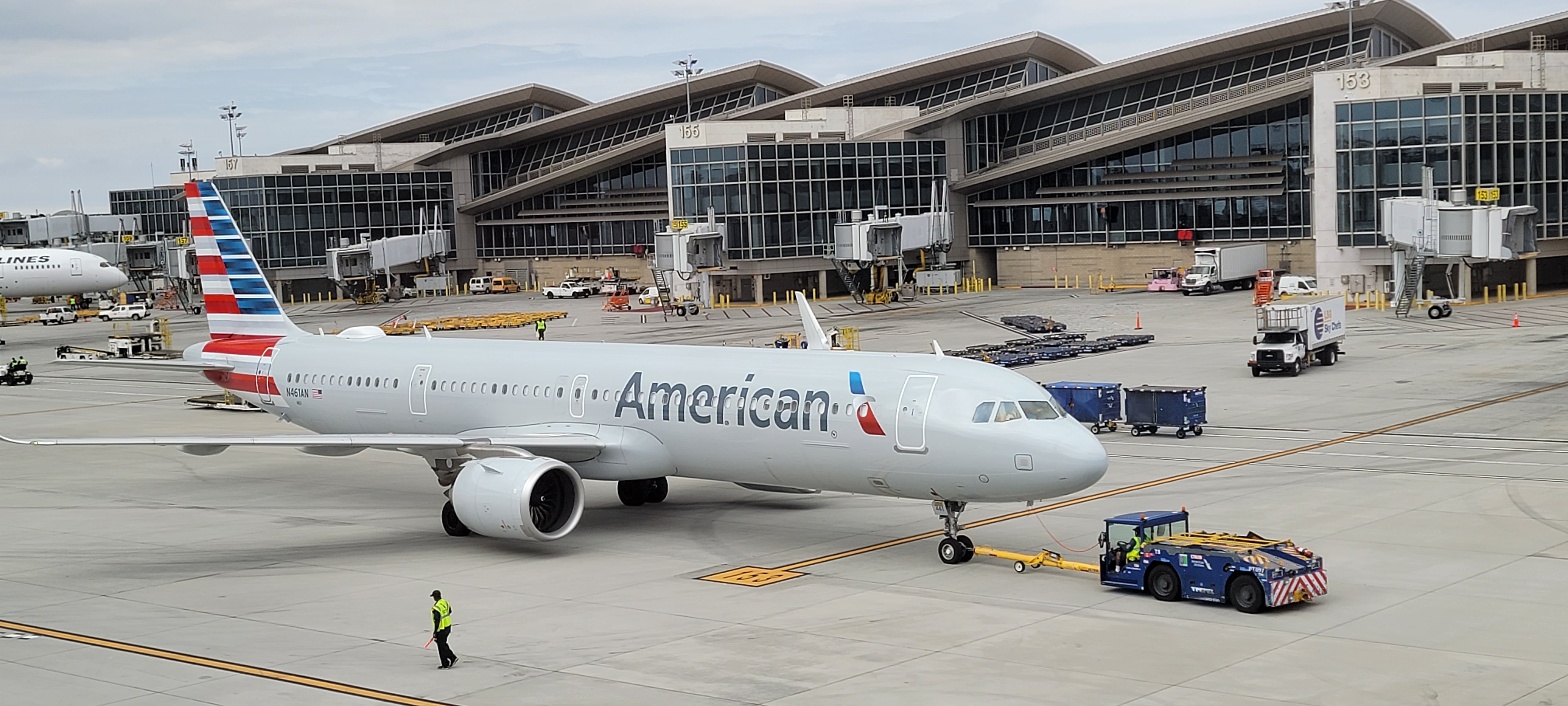
Jon Ostrower points out something I’ve been writing since 2018, that the airline has no mission and it’s not clear what they stand for – which means employees don’t know what they’re supposed to be delivering. (It became worse in 2021 when they tried to make the mission “passionately pursuing efficiencies”.)
And Brian Sumers notes correctly that it isn’t just the front line who don’t understand the vision – though they don’t, I’ve shared stories of flight attendants not understanding whether they’re supposed to be delivering premium service or Spirit Airlines service – middle managers need to know what is going to be valued and career-advancing for them. One of the major problems is that product details haven’t been valued.
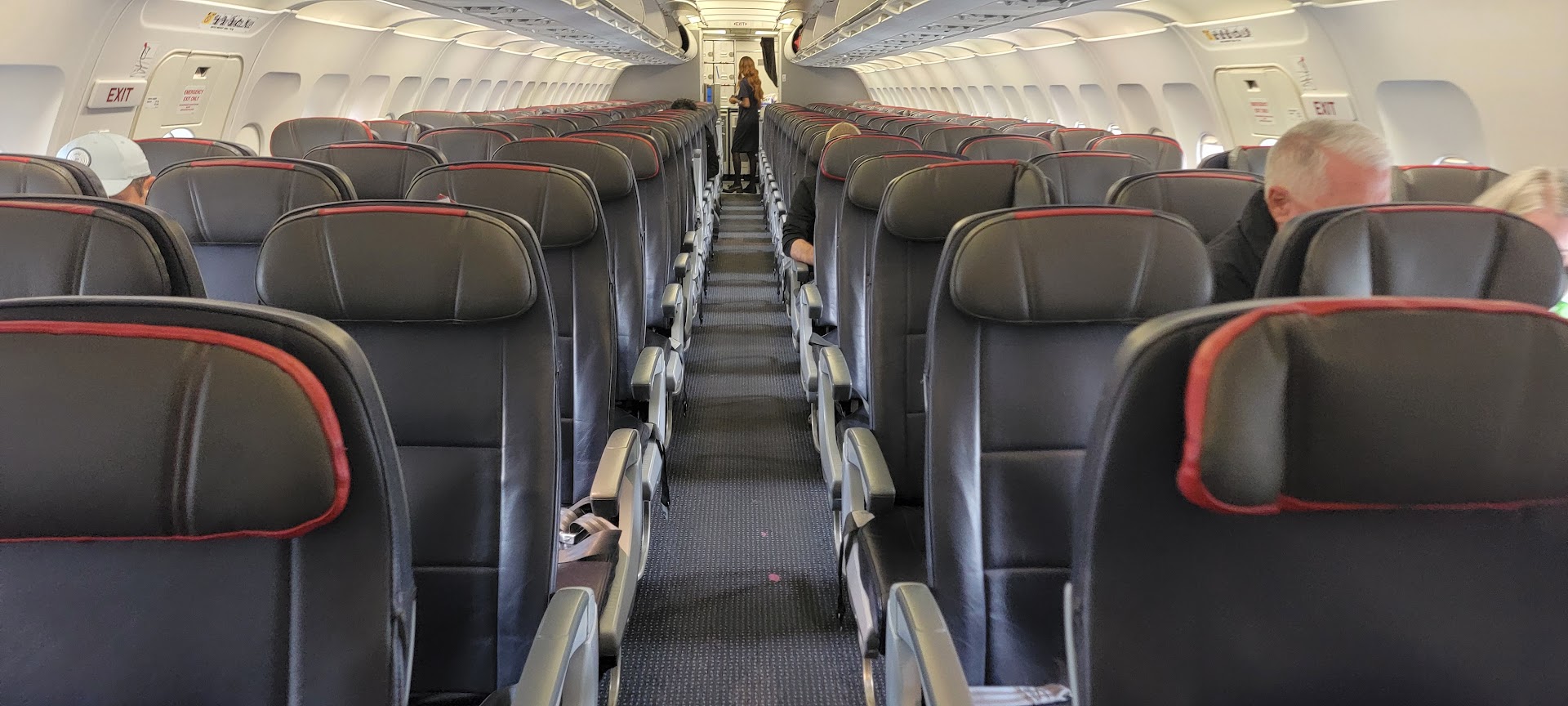
No one has gotten ahead because they pick the best wine for the money, or because they’ve delivered the best meals in domestic first or buy on board in back. They need to know if that’s changing – if product is becoming more than box-checking (we have seats, the details of which don’t matter, we have meals and whether all 3 items are lettuce is beside the point).
Brett Snyder underscores also correctly that the message needs to come from the top. Robert Isom has to evangelize any change at the company, shouting it from the rooftops and not just at quarterly State of the Airline events after earnings calls. He needs to be speaking across Skyview headquarters and out at the airline’s stations.
- Employees need to be motivated that they’re on a mission
- They’re in a fight for their lives, something bigger than themselves
- But that winning also benefits them – not just in terms of job security, but because union contracts have (increased, in some cases) profit sharing
- And there should be regular small bonuses and awards to highlight and make focal what the company now values and underline how that’s changed.
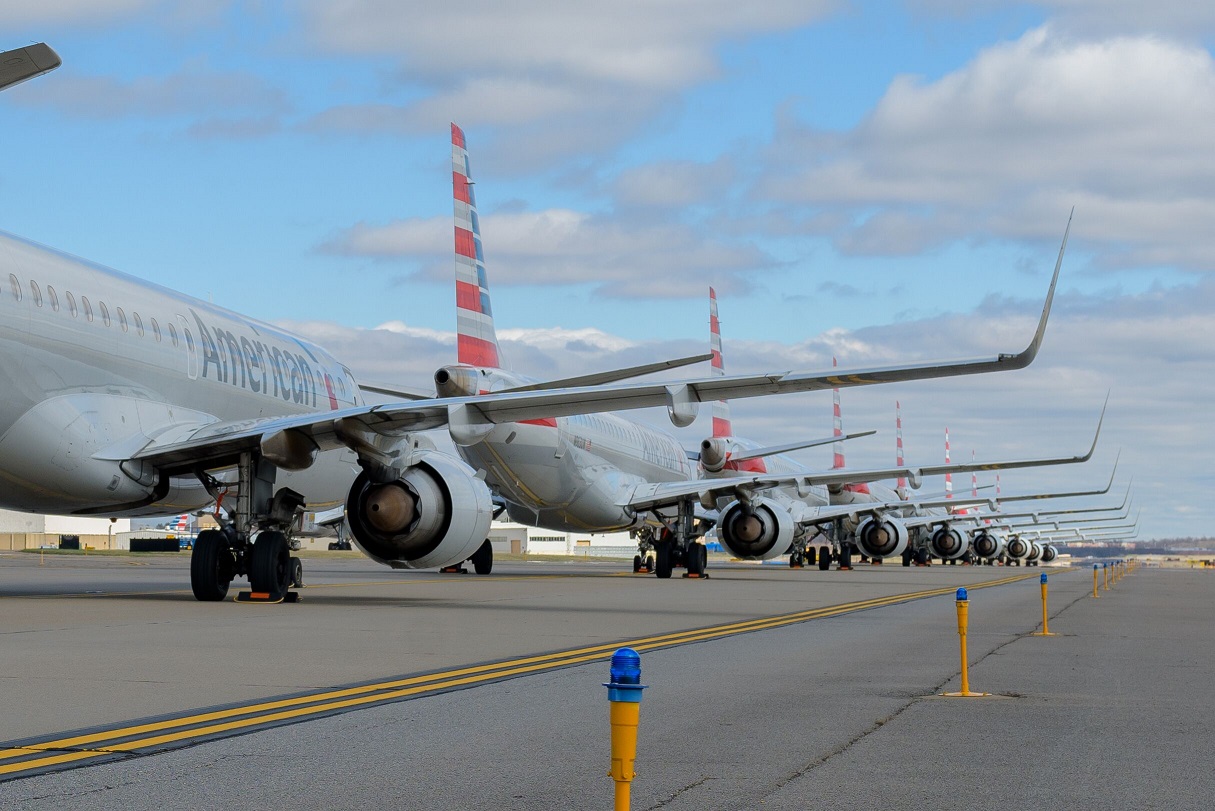
Is American Airlines Still US Airways.. Or America West?
Brett Snyder calls it “so incredibly stupid” to say that American is really America West, because United is being led by former American, US Airways and America West executives Scott Kirby and Andrew Nocella and because American’s commercial strategy had been led by Vasu Raja who pre-dated the merger at American.
I’ve documented the evolution of Scott Kirby, completely reinventing himself at United. I did not expect it! But there really has not – yet? – been a similar evolution in the other former US Airways and America West leaders of whom I’ve written that you can take management out of Tempe, but you can’t take Tempe out of management.
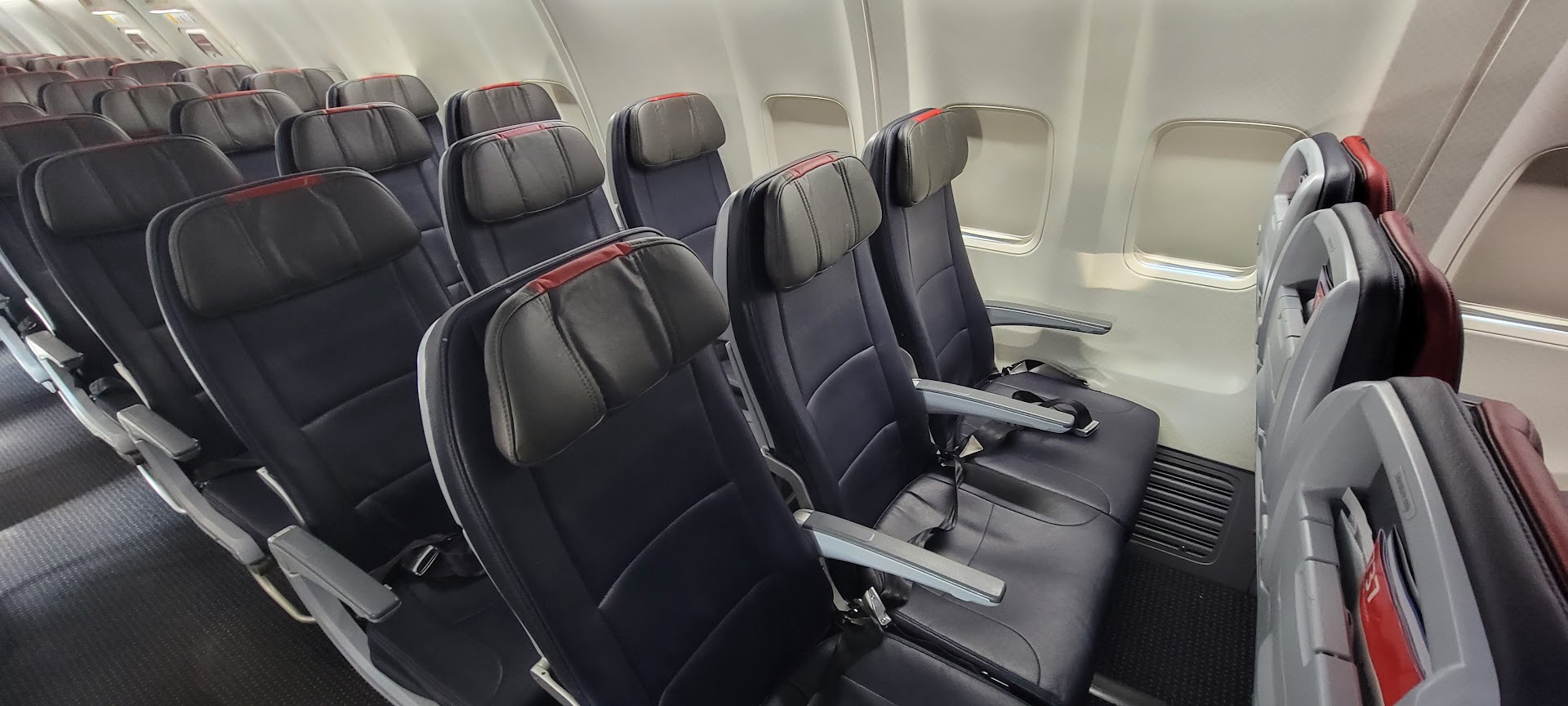
Meanwhile, the only legacy American Airlines corporate officer who survived the merger and transition was Maya Leibman, the Chief Information Officer (and former head of AAdvantage). It was all US Airways leadership running the show. And employees who had been with American before the merger rose or fell by following direction of US Airways management.
Doug Parker himself said they should have just called the merged US Airways “America West” but the truth is that the model is actually just as much Northwest (Northwest’s former CEO Doug Steenland is even an American Airlines director.)

Credit: randomduck via Wikimedia Commons
The show opened talking about American Airlines hiring Nat Pieper as their new Chief Commercial Officer, noting that he was almost an internal hire because he was running the oneworld alliance out of the American Airlines offices. But what they didn’t note was that Pieper is ex-Northwest, just like Robert Isom, in fact they both come out of the Northwest finance operation.
Snyder is right that it no longer matters who is to blame (unless to the extent that current management wants to own and distance itself from past decisions to create a break from the past). Ostrower says it’s like blaming McDonnell Douglas for Boeing’s problems, and that this is a crutch. But it also helps to understand what went wrong, which is important if you’re going to right the ship.
There was an explicit plan to change the culture of Boeing that went wrong and that helps elucidate what needs to be done to fix that company.
Similarly, understanding that US Airways had hubs that weren’t going to be made profitable with quality and had leadership that came out of the Bill Franke mold and did more to destroy the customer experience with a mindset that customers wouldn’t pay for quality makes clear what thinking has to change.
Totally Unfair: They Miss Doug Parker
Brian Sumers makes the interesting point that American was trying to compete aggressively during the first years after the merger with US Airways, under Doug Parker and Scott Kirby but that “when Kirby left” the airline lost its fight. Parker pushing Kirby out – and to United – was a mistake, but during this era Parker and Kirby weren’t just launching new routes and building up LAX they were eviscerating AAdvantage and cutting meals and scaling back premium seats.
Brett Snyder, who earlier suggested that American’s direction was led by legacy American Airlines executive Vasu Raja, realizes that Raja’s strategies – partnerships, sales and distribution – were bold swings at addressing the problems that he faced given the position he found himself in under the top leadership at the airline. He’s been gone for a year and a half and the airline has spent that time trying to point fingers at Raja but that’s just a distraction.
Sumers, though, goes on to claim that “American was doing fine under CEO Doug Parker” and says that the airline’s problems come about after Parker retired. Sumers asks, “Is it possible he was a better leader than we thought?”

That is simply wrong. Doug Parker destroyed more shareholder value ($30 billion) than any airline CEO in history. He alienated shareholders, employees and customers alike.
Every strategic blunder the airline made really dates back to Parker’s leadership, for instance:
- Levering up the balance sheet to fund over $12 billion in stock buybacks, creating the legacy of debt the airline faces today (and the systemic higher costs than competitors that entails).
- Walking away from New York, which meant walking away from New York credit card spending and cobrand revenue, first in 2014 and subsequently (indeed, as CEO of US Airways he traded away their New York position with Delta – giving Delta a once in a lifetime opportunity in the Big Apple). The route network problem on the coasts falls on Parker.
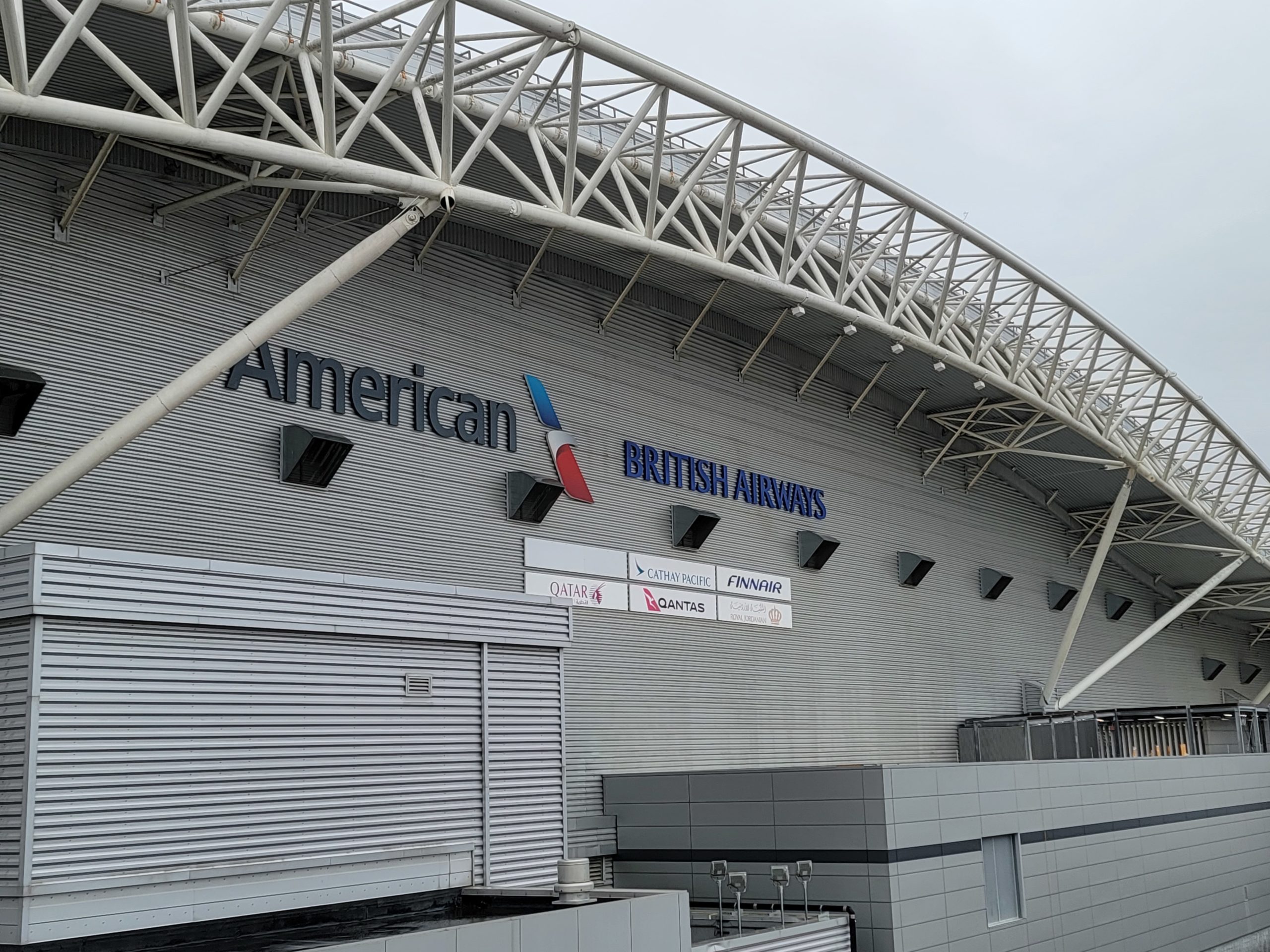
- Retiring too many aircraft at the start of the pandemic – Airbus A330s, Boeing 757s, 767s, and Embraer E-190s. That meant the airline was unable to take advantage of the travel boom to Europe, and they lacked the planes to fully build back their route network doemstically too (and are now losing gates at Chicago O’Hare as a result).

- Pulling premium seats out of planes, in 2015 and onward. That’s something Vasu Raja complained to employees about in 2018. He missed the entire changing direction of the industry, focused instead of competing with low cost carriers and ignoring premium. He’s why American’s Boeing 787-8s have just 20 business class seats, and why American’s domestic narrowbody fleet lacks enough extra legroom seats. The ‘LOPA Problem’ at American falls on Parker.

- Devaluing the product was under Parker’s watch, from the decision not to install (and, indeed, to pull out) seat back entertainment screens to reducing investment in meals in both the front and back cabins. Parker famously told employees that he ‘never knew people cared so much’ about food as when they moved to US Airways meals in September 2014, and in 2018 that they ‘thought they could get away with’ not installing seat power in planes.
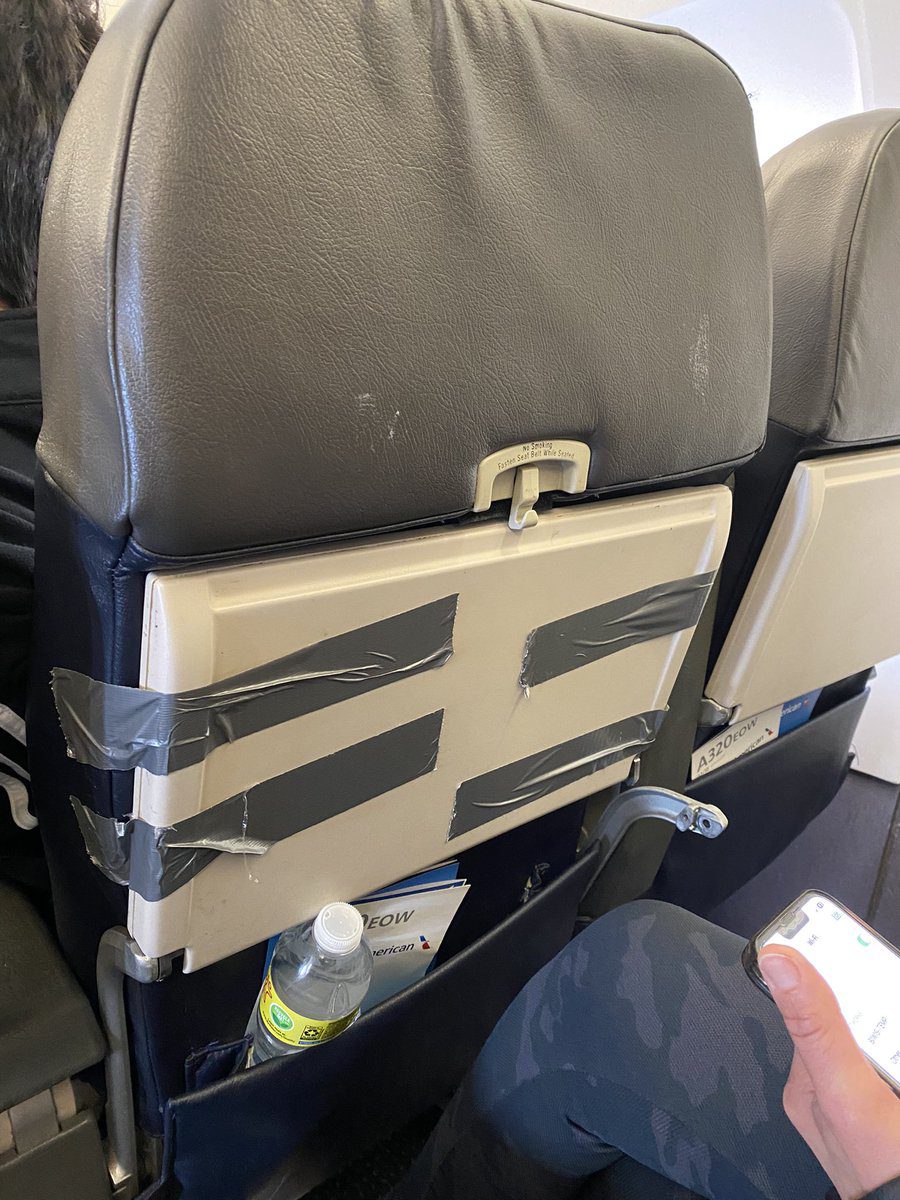
In fact, he cared so little about the product that when American rolled out its new standard domestic aircraft experience in November 2017 he didn’t even bother trying it himelf until it was in the market for over six months.
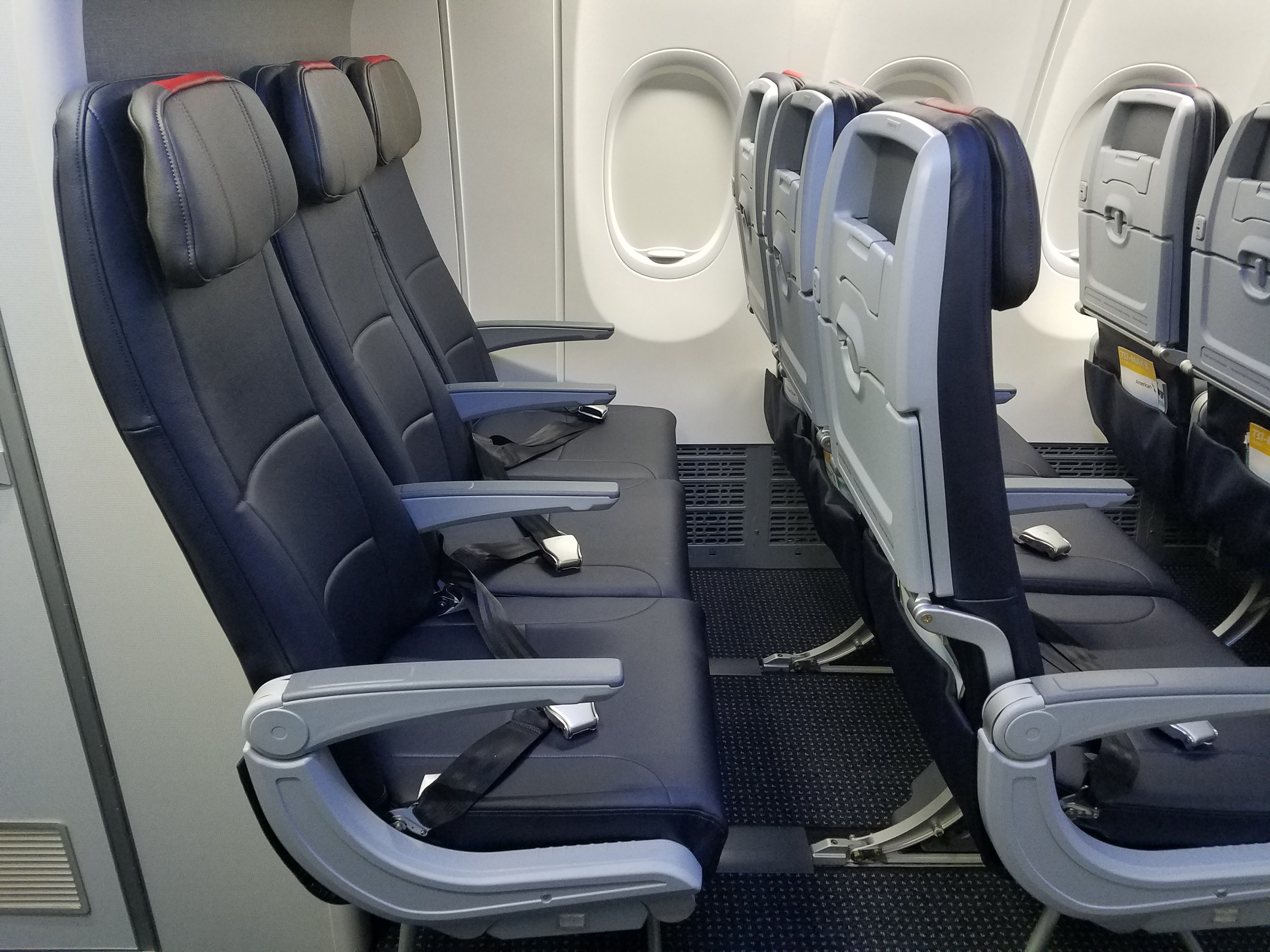
- Ostrower blames the board, and that’s right, but Parker built that board and, in his own telling, the board overall lacked airline experience and therefore lacked understanding of developments in the industry. That meant there was no check on his mistakes. And it’s the board that had long, close relationships with management and never held them accountable for failures.
- It was Parker’s decision to fire Scott Kirby sending United the leadership that revitalized such an important competitor. It wasn’t just that Kirby happened to leave – that was a strategic chocie that Parker made.
Snyder lets Parker off the hook by saying that American Airlines was just ‘too big’ and ‘too demoralized’ to turn around. That’s nonsense, Parker actively made things worse he didn’t just fail to make things better or only make marginal improvements. (And United 8 years ago was certainly big and demoralized, but Oscar Munoz was great for the culture and Kirby made improvements.)
American Needs To Define Premium
Jon Ostrower suggests that the airline needs to actually define premium, “there’s a more enthusiastic extraction of incremental revenue from customers, and there’s enticement to spend more on a better overall experience..American has been optimized for a long time for one over the other.”
Sumers says “I’m not sure there are enough people at the top at American who actually understand premium let alone fully believe in it” and he wants American to fly other airlines. American has been too piecemeal in its approach, he says – and that’s 100% correct but it gets back to the vision. They haven’t really said where they’re going. The vision would help employees and customers understand with a framework to understand the changes they’re making.
Philosopher Robert Nozick, in Anarchy, State and Utopia, pointed out (arguing against John Locke’s ‘labor mixing’ justification for ‘taking things out of the commons’ and turning them into private property) that when you pour a glass of tomato juice in the ocean, the ocean doesn’t turn red. It dissipates.
Changing up champagne and coffee and making standby easier are good things, but they get lost in the absence of a broader vision and direction. American needs to make the sum of its changes greater than each change individually by explaining clearly where they’re going, articulating each step as a down payment on a broader vision, and convincing everyone that they’ve become something different. Brett Snyder describes the feel of American’s premium changes as “disjointed” with too many “specific projects in specific cases… it doesn’t feel like a broad strategic push from the top.” They need to lay out the vision!
Premium also has to be understood as more than just business class. Most passengers fly coach, and passengers fly both coach and business class. They fly coach domestically on shorter flights and their companies buy them business on longer flights. But if coach seems bad, why would they trust the airline with their premium purchases? It’s meals in first class, but it’s also buy on board in back.
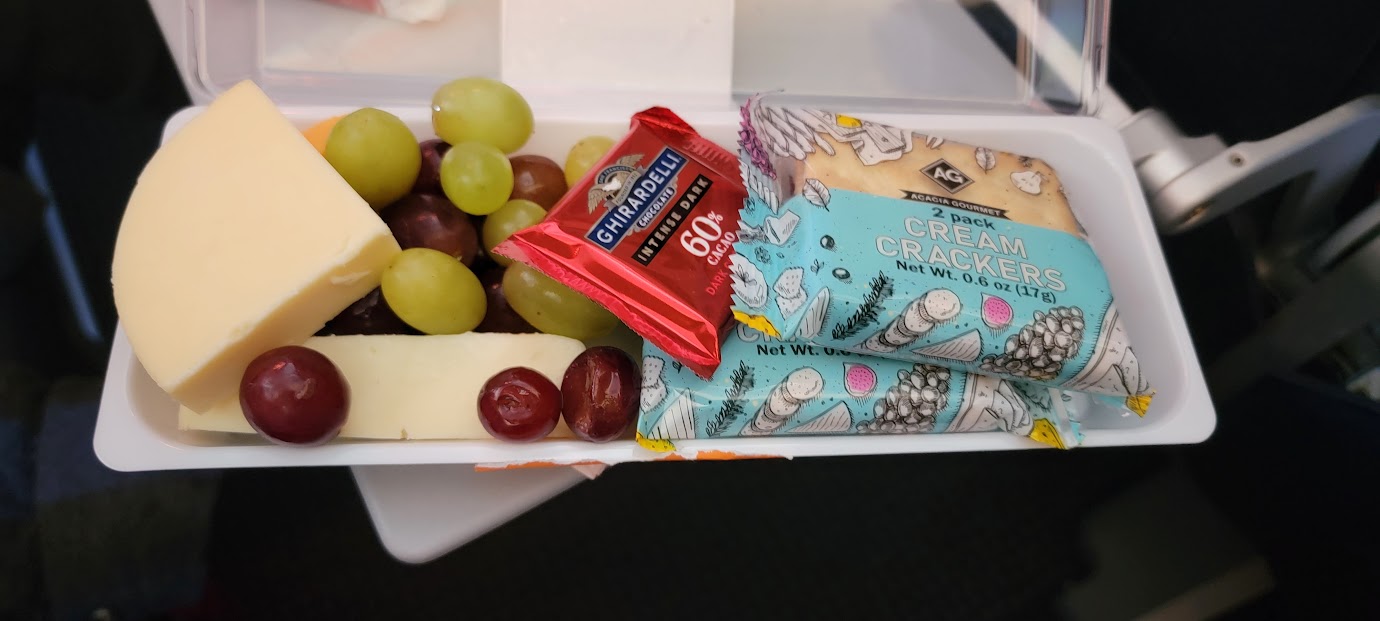
Where American Needs To Go From Here
American Airlines “missed what was happening in the industry” as Ostrower put it. They focused on competing with Spirit and Frontier after those carriers had peaked. They missed that credit card spend on the East and West Coasts (and Chicago) would be key drivers of profit. They missed that long haul would matter, retiring the planes capable of doing it. They didn’t have premium seats or a premium product right as customes were willing to spend for those things.
In other words, American was putting out a different product than what customers wanted to buy, they alienated their best customers and failed to earn a revenue premium for their product which doesn’t work at an airline that has high costs.

They’re starting to realize they focused on costs to the exclusion of revenue. And they’re making moves to address this but they need to move faster, bigger, and articulated a bold vision that employees and customers alike can use to understand the smaller changes along the way.


“They’re starting to realize they focused on costs to the exclusion of revenue”.
Even if the above statement is true, one would have to draw the conclusion that there were abject failures at the cost reduction game. At the start of this so called strategy, they were an extremely high cost enterprise. All these years later, they seem to continue to be an extremely high cost enterprise.
How dare you attempt to sully my legacy! We will NEVER lose money again!
Hear! Hear! So well said.
It will be no quick fix. Renovating and expanding crowded lounges. Introducing better tools and technology to improve on operational reliance and recovery. New planes. All of this can easily take 3-5 years to make inroads. The hardest will be a paradigm shift in employee attitudes. Gate agents that think you have NO RIGHT to know what’s going on with your flight. (Just sit there and STFU until we tell you it’s time for boarding). Flight attendants that want to spend all of flight time on their phones.
Great analysis. Biggest point is they need to define premium. Everyone tries to cut costs, even luxury goods purveyors. Premium does not have to mean luxury. But it does mean that there are some standards that are recognizable.
As you write – “Premium also has to be understood as more than just business class. Most passengers fly coach, and passengers fly both coach and business class. They fly coach domestically on shorter flights and their companies buy them business on longer flights. But if coach seems bad, why would they trust the airline with their premium purchases?”
This is why I’ve been so critical of the lack of MCE seating. Was never a priority. But even worse, on their brand new planes it barely exists. You can have all the champagne you want but if you want loyalty you have to deliver a good product on both ends. And the lack of MCE impacts loyalty which directly impacts revenue.
All they have to do is do more of what Delta and United are doing. But at every turn this management team would prefer to do what fits in with the Spirit and Frontier ethos. A real shame.
This is PanAm redux… i personally wittnessed PanAm’s fall from the world’s best airline into bankruptcy for many of the same reasons.
The result of their years of corporate arrogance and mismanagement have put them soooooo deep in the weeds it may be too late for them to survive in the long term
The next travel-altering event or a recession when premium travelers lose their “wealth euphoria:” will probably put them under.
Sad to see
Peter is correct with the MCE. They are losing additional revenue by almost eliminating MCE from their new, or newly refurbished, aircraft. Also, sad that they are reducing premium economy on the A321xlr to 37” pitch from the standard 38” pitch for US carriers and 40 plus inches on the Asian carriers. It is most difficult to get out of a window seat if the passengers ahead of you are fully reclined. I also think that the seat back screens on domestic carriers are needed if you want to compete with premium carriers. Personally, I don’t like having to get out my iPad, with charging cables dangling, just so I can watch a movie. I really like AA and often receive very good service; however, I have been considering switching to United even though I live in an AA hub city. I wish them the best!
American Airlines is run as though it was still US Airways, and that has been the case since the merger. The airline is a decade if not more behind DL and UA’s turnaround strategies and premium grab. Indeed it will take more than champagne, new seats on some planes, and mid-tier Italian coffee to both create the illusion that AA is a premium-focused carrier AND be able to cultivate the extra revenue premium that comes with it. It has to build back the coasts (CLT and DFW are assets but not locales that drive revenue premiums. They are lower cost operational bases). The most important thing though is the employees and they need to be bought into a turnaround vision a la Oscar Munoz. Absent that, AA will plod along and eventually be forced to sell assets. The biggest challenge on American’s horizon isn’t getting out of its own way. It is the US economy. It is wobbly, probably headed for a deep recession after a deep stock market plunge. The country is mortgaged to the hilt and a debt default (likely) will just make it worse. The country is locked in a culture war, led by a regime out for vengeance and determined to pit Americans against each other, no matter the cost. People who can flee are doing so. The future of America looks like the Soviet Union circa 1991 and not the promised land that gave DL and UA a leg up these last 10 years.
“Something special in the air”? Say it with me… Flagship Suites. Done. This isn’t hard. Delta did it with DeltaOne (like n the a359); United did it with Polaris (the newer kind); jetBlue Mint (ideally, the newer kind). Those are all ‘special.’ No one else comes close within the US (fine, Hawaiian widebody, but, let’s be real, that’s so limited, and kinda dated, yet they do serve that yummy guava juice…)
Many of us in school learned about the robber barons of the late 19th and early 20th century.. Doug parker is the 21st century version of the robber baron. He ruined 3 airlines. destroyed countless billions of shareholder value and walked away with 9 figures. He is laughing at all of us..
Everyone that has served on the AW ,US AIR or AA boards in the last 25 years should be banned from ever serving on the board of a publicly traded company again.
It was a great jingle, evolved from ‘doing what we do best’ jingle with the same “we’re american airlines….” sing and even had other lyrics like ‘from the sunrise in the east…to the sunset in the west…’
I have a lot of respect for Snyder but on this one he is simply wrong. When you have a merger (this is also relevant to the Boeing merger) where you install the obviously worse and ill-suited management group of the legacy two teams to run the combined operation then you’re going to get a crappy organization writ large. Just because Kirby seems to have learned from some of his mistakes doesn’t mean that the AmericaWest management philosophy is well suited to American – then or now.
That’s such BS. Corporate vision statements are meaningless, and so are CEO pep talks. Has that ever motivated anyone in the history of the world? Maybe it did for some of the short busser Dems here, but that’s about it.
Flight attendants don’t need to understand the vision to know not to be lazy, entitled, rude and generally unpleasant. What the airline needs is a system of rewarding good behavior, and accountability, which is impossible in a union environment. So dump the useless unions, give raises to the good employees, dump the bad ones, and amazingly your airline won’t suck anymore.
Your hate for Doug Parker is palpable. Unlike the podcast, this screed lacks even a modicum of reason, civility, and objectivity. By the way, Richard Anderson also came from Northwest.
@DesertGhost – I notice you fail to cite any factual errors or countervailing arguments, so I wonder which one of us lacks reason?
I agree Parker was the reason for the downfall of American Airlines. He should have been fired no only for his 3 DWI’s but for his poor performance.
@Steve — We are most certainly living through another Gilded Age, where super-rich and major corporations abuse their outsized power, all to the detriment of everyday people; however, let’s be clear, someone like Parker is not an actual robber baron; he’s a mercenary for robber barons. Like, I’m sorry, but he ain’t an Andrew Carnegie, a John D. Rockefeller, or a Cornelius Vanderbilt. Nope. Today’s robber barons are tech moguls like Jeff Bezos, Elon Musk, and Mark Zuckerberg, as well as other powerful billionaires, due to their immense wealth, monopolistic practices, and influence. Parker is not even close to their league; he’s a tool.
Get rid of the trashy free PAXS
@1990 – spoiler alert, the Gilded Age never ended! We pretended it did for a brief period post-WWII though. As you note, there is a big difference between being a hundred millionaire and a billionaire (the moguls you mention). Folks in the $100m+ category can certainly exert some power and influence, but not nearly as much as many people might think.
As an AA employee theres so much they need to focus on even small changes to male the passenger experience better. For one catering is a mess they show up during boarding or even causing a delay which trickles down the line. You give me 5 fruit and cheese trays for 190 passengers with 15 eps in the cabin on a 4 hour flight and barely enough to offer a soda. 1 tequila for all of economy lol seriously?.You send planes on 4 plus hour flights with a bathroom inoperative so lines form instead of using that plane for a short hop. People loved the tv screens and you rip them out. Then you have 45 min connection times so per usual the plane gets delayed bc it sat overnight with a maintenance issue not addressed so everyones panicking saying I have a connection .there are flight attendants that just give you one drink in first every glass is empty and theyre watching movies in the jumpseat. How come delta can have consistent on time departures with their old planes?Management needs to be riding along a domestic Route to see the passenger experience not just perfect flights or lhr hnl. Also increasing turn ground times would mitigate if theres a small issue. They focus on the wrong things not whats actually needed. Everyone wants international exciting travel not 5 flights a day to el paso.Our passengers and employees deserve better.